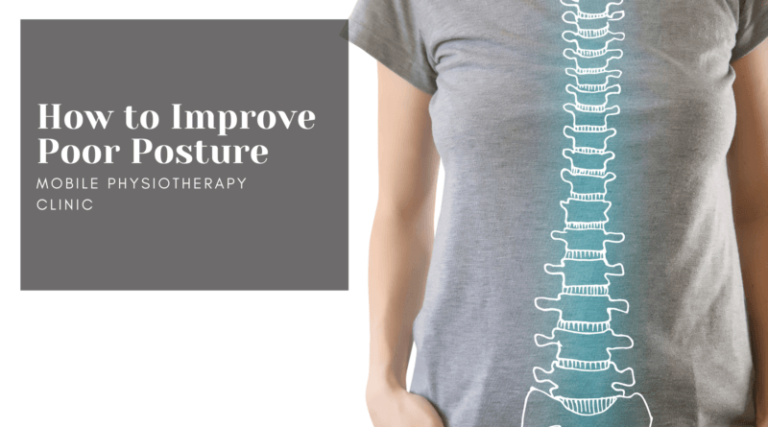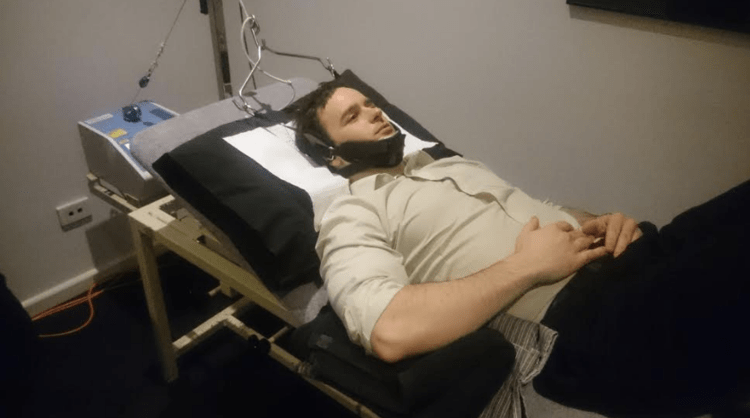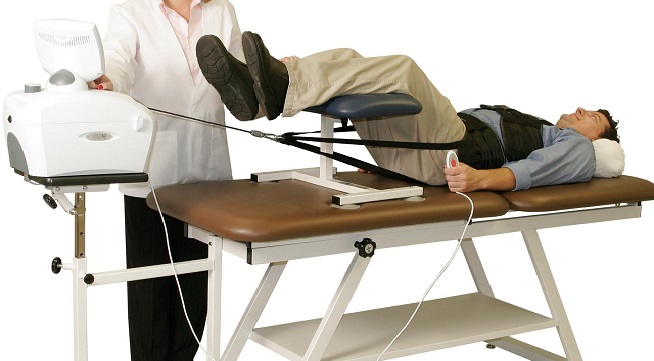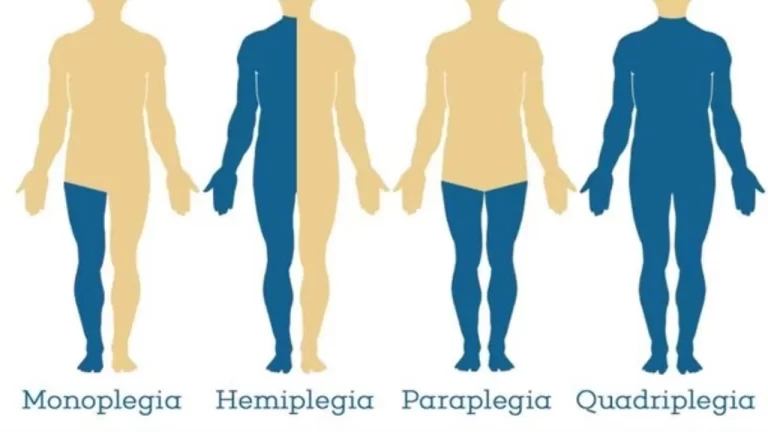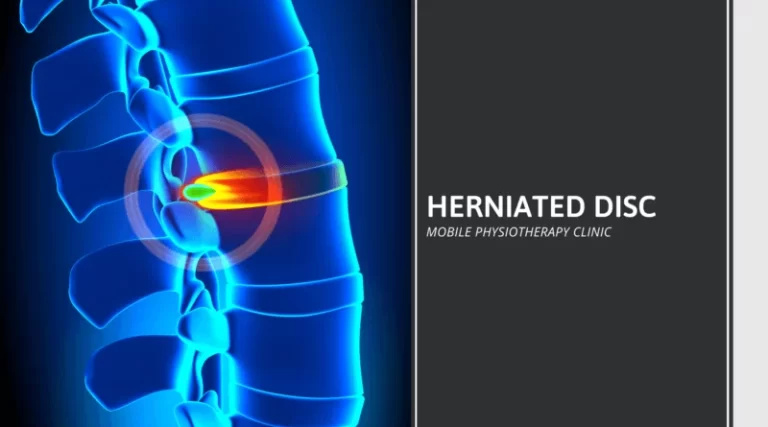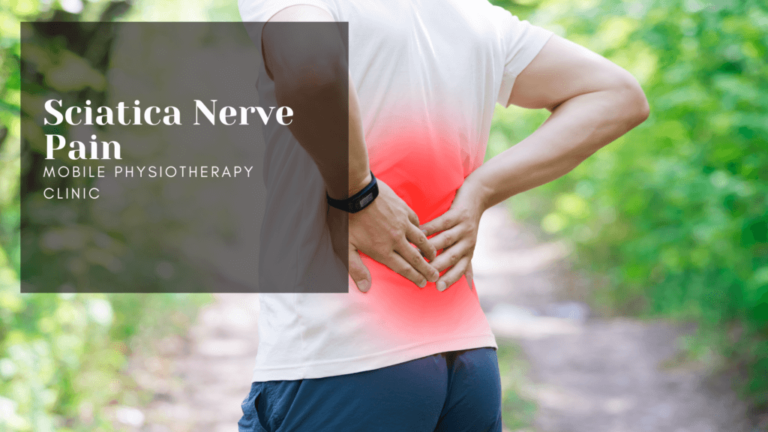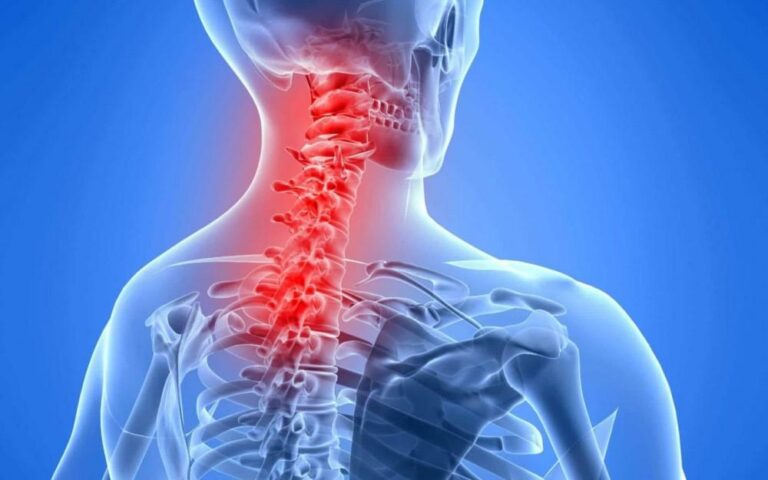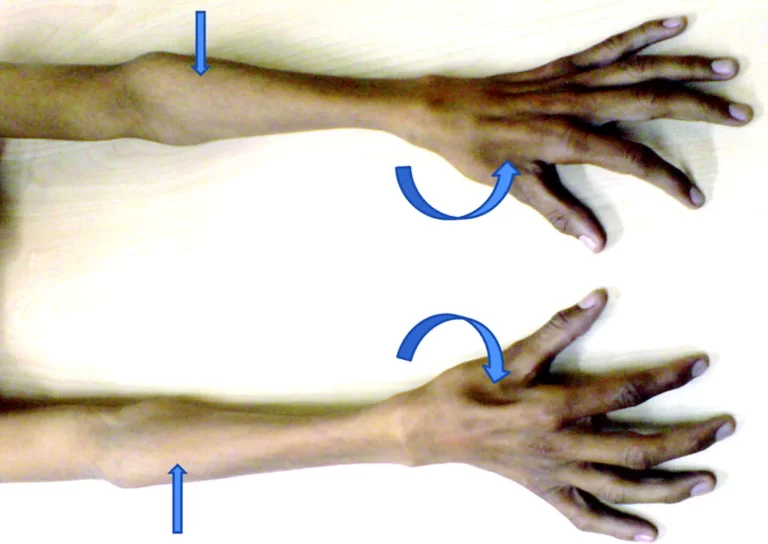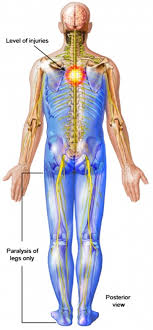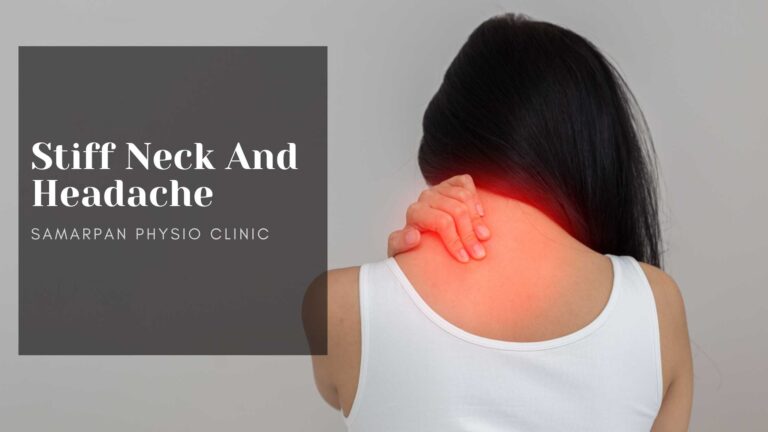How to Improve Poor Posture
Posture is very important, that timeless advice we’ve probably all heard at one time or another “Stand up straight.”. It’s worth heeding. Good posture is important to balance and by standing up straight, you center your weight over your feet. This also helps you maintain correct form while exercising, which results in fewer injuries and…

